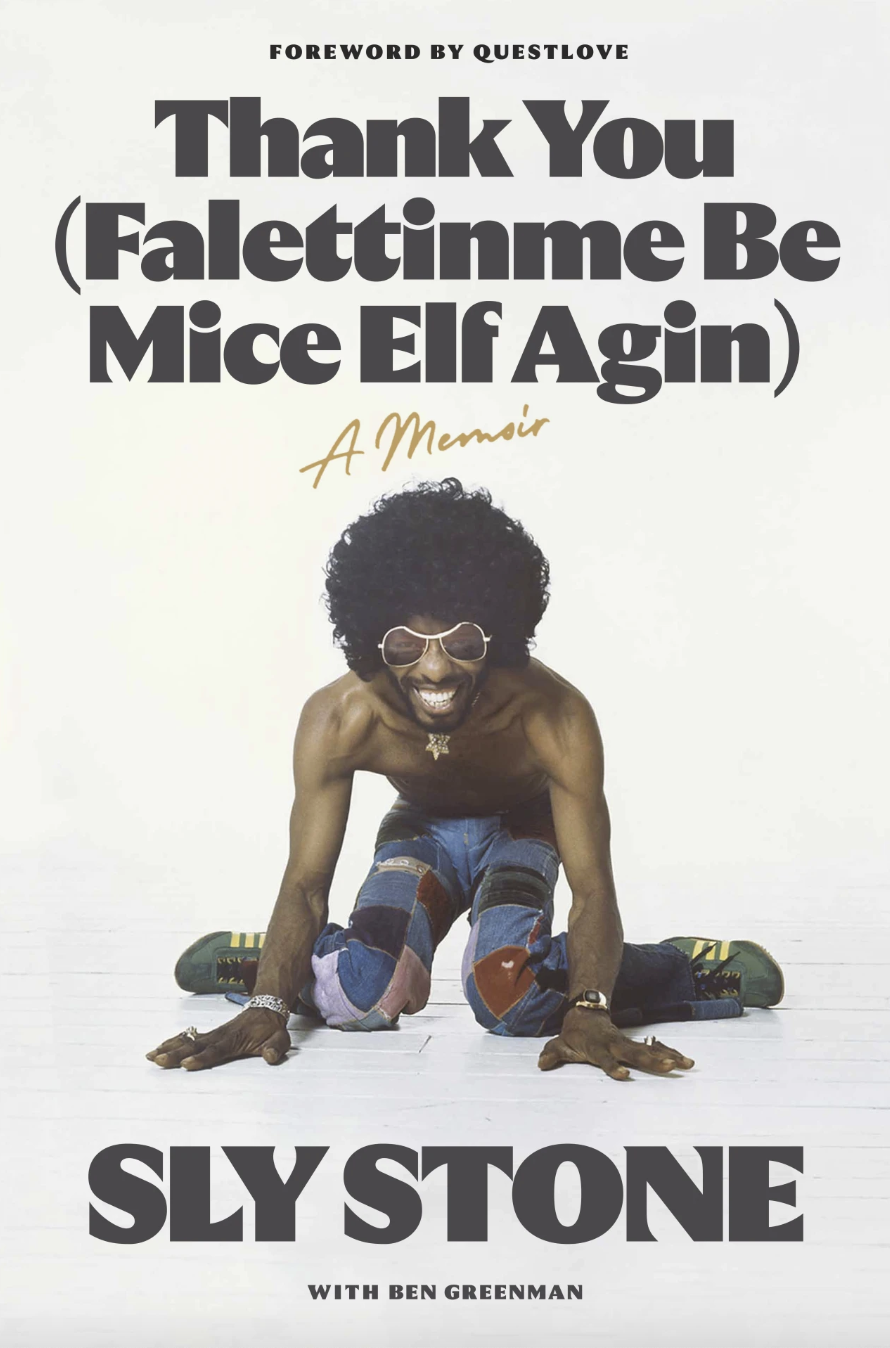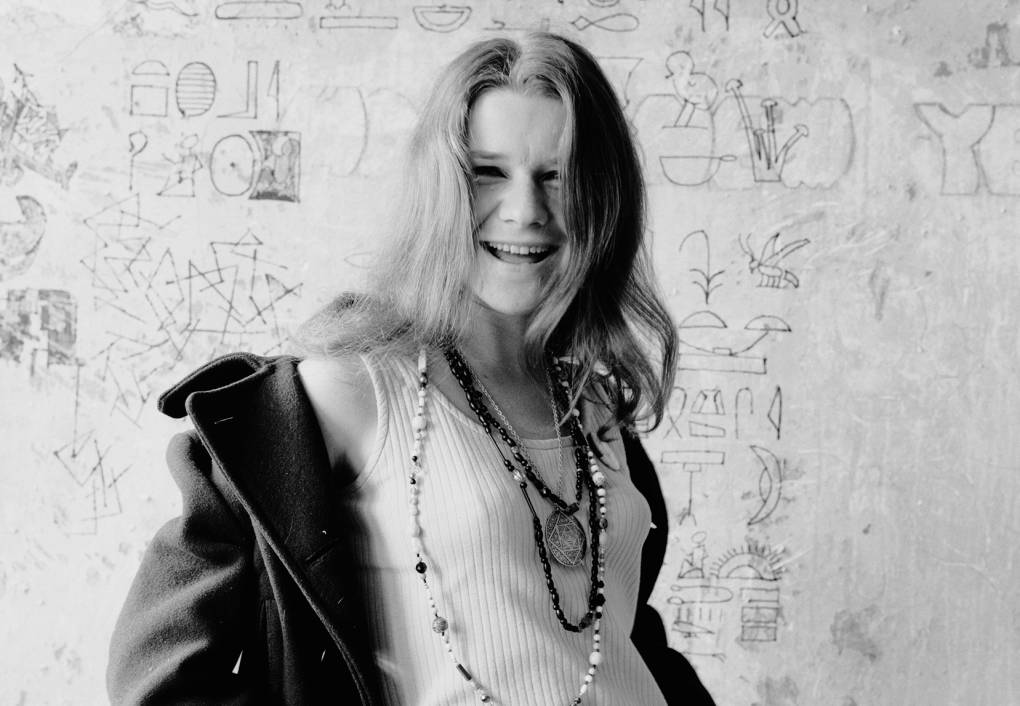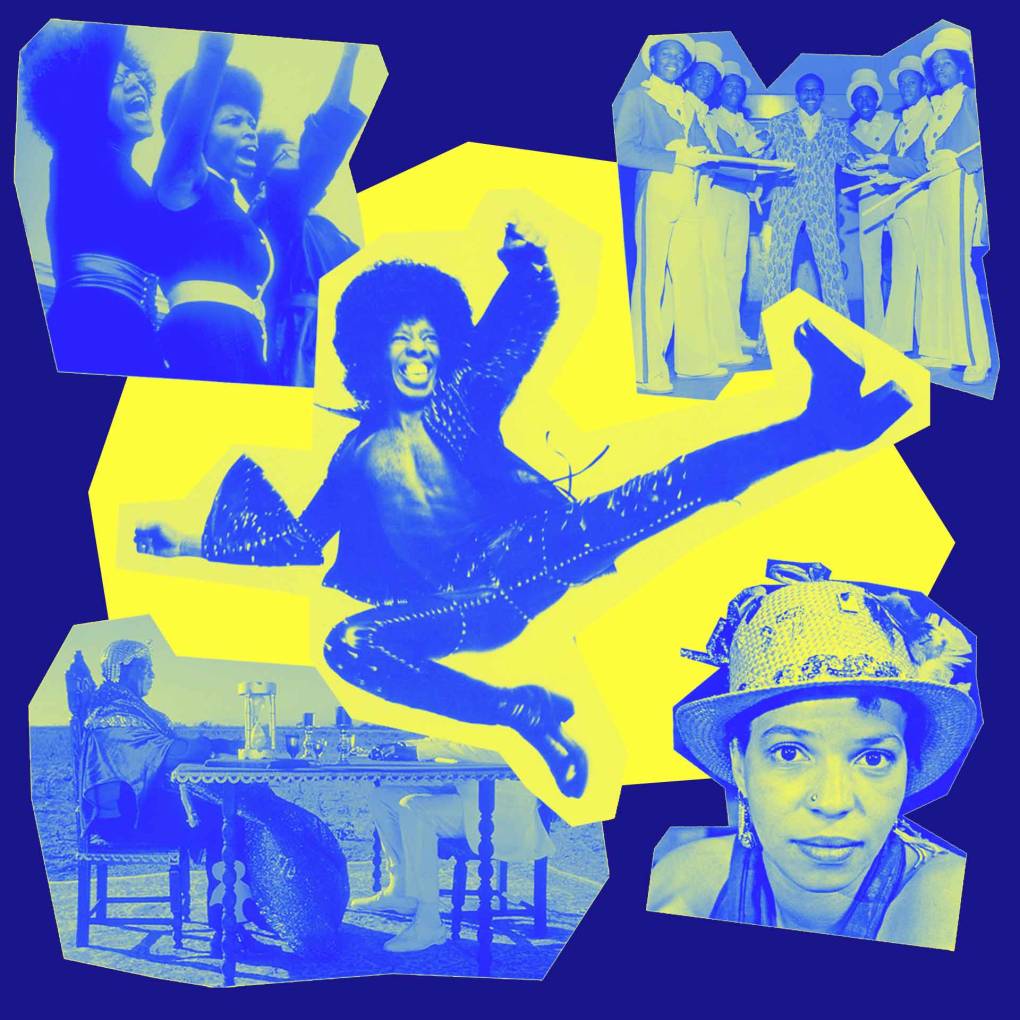Stone’s music took a darker and more cynical turn as drugs took hold and the dream of the ’60s devolved into political assassinations, racial strife and lingering war in Vietnam. He takes readers through the agonizing recording process of his 1971 classic “There’s a Riot Goin’ On,” on which he says he “sacrificed technique for feeling.” The album has an anguished tone, exemplified by the volatile funk of the single “Luv N’ Haight.”
Meanwhile at concerts, fans never knew whether they’d get one of his famously ecstatic performances, or if Stone would bother showing up at all.
He espoused Black Power, but not loudly enough for Black Panthers, who accused Stone of acquiescing to white America. Meanwhile, some white people thought he was too militant. While unafraid to be political, he remained defiantly nonviolent and never shook the notion that, yes, people can all get along. “We exist to coexist,” he writes.
That uplifting spirit returns, if only sporadically, for 1973’s Fresh, his last great album. The band splintered soon after and Stone entered a decades-long cycle of addiction, middling solo offerings, doomed tours and tax troubles.
Predictably, the memoir contains no shortage of occasionally humorous — but mostly bleak — backstage tales of debauchery and drug abuse. While on tour in his glory days Stone carried a violin case filled with cocaine. Later he said he went on PCP binges because “it threw your perspective off, which I liked.” Eventually he was overtaken by a dependence on crack cocaine that drained his talents, ruined relationships and led to regular stints in jail and rehab.






